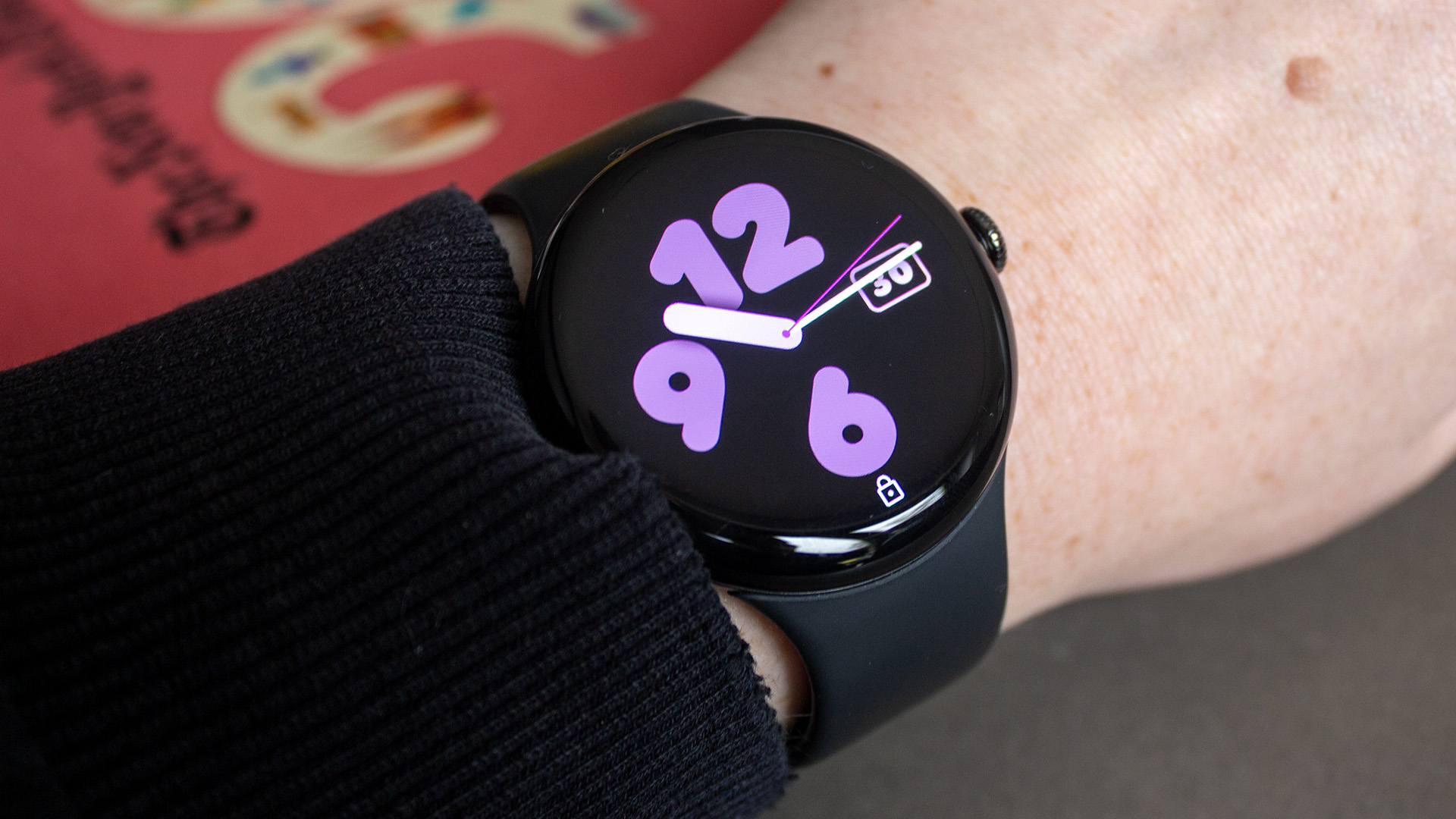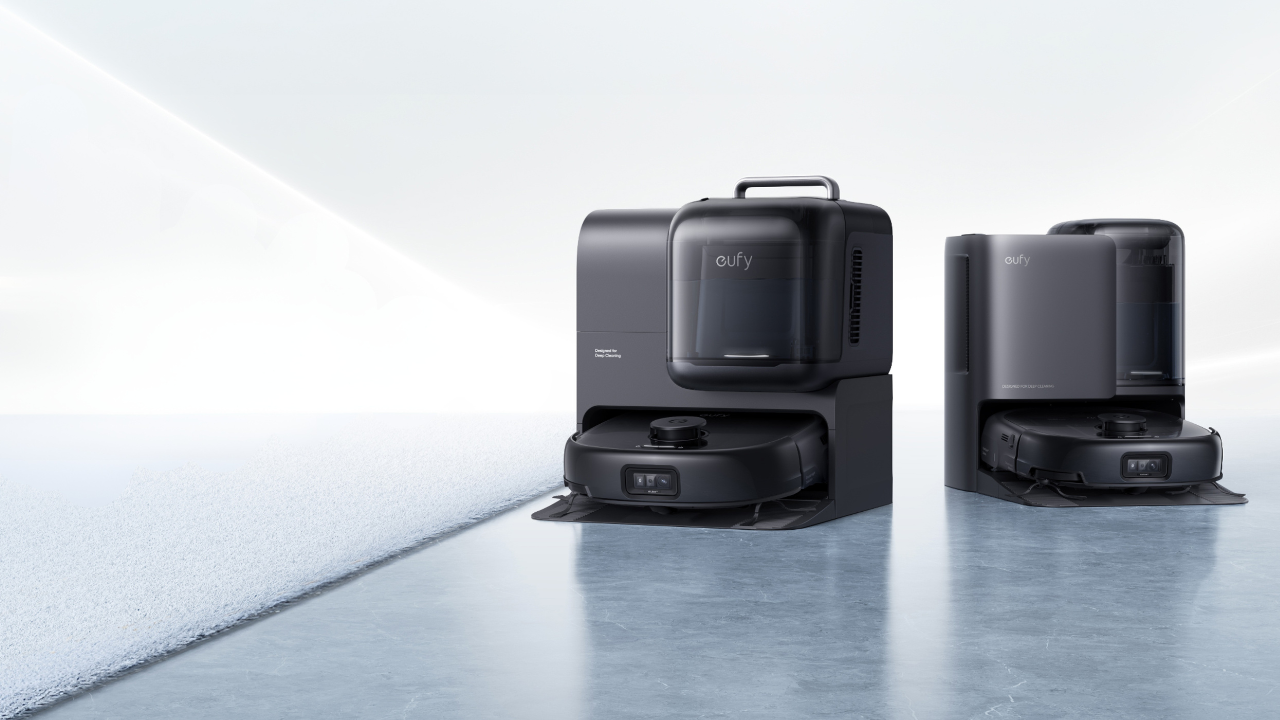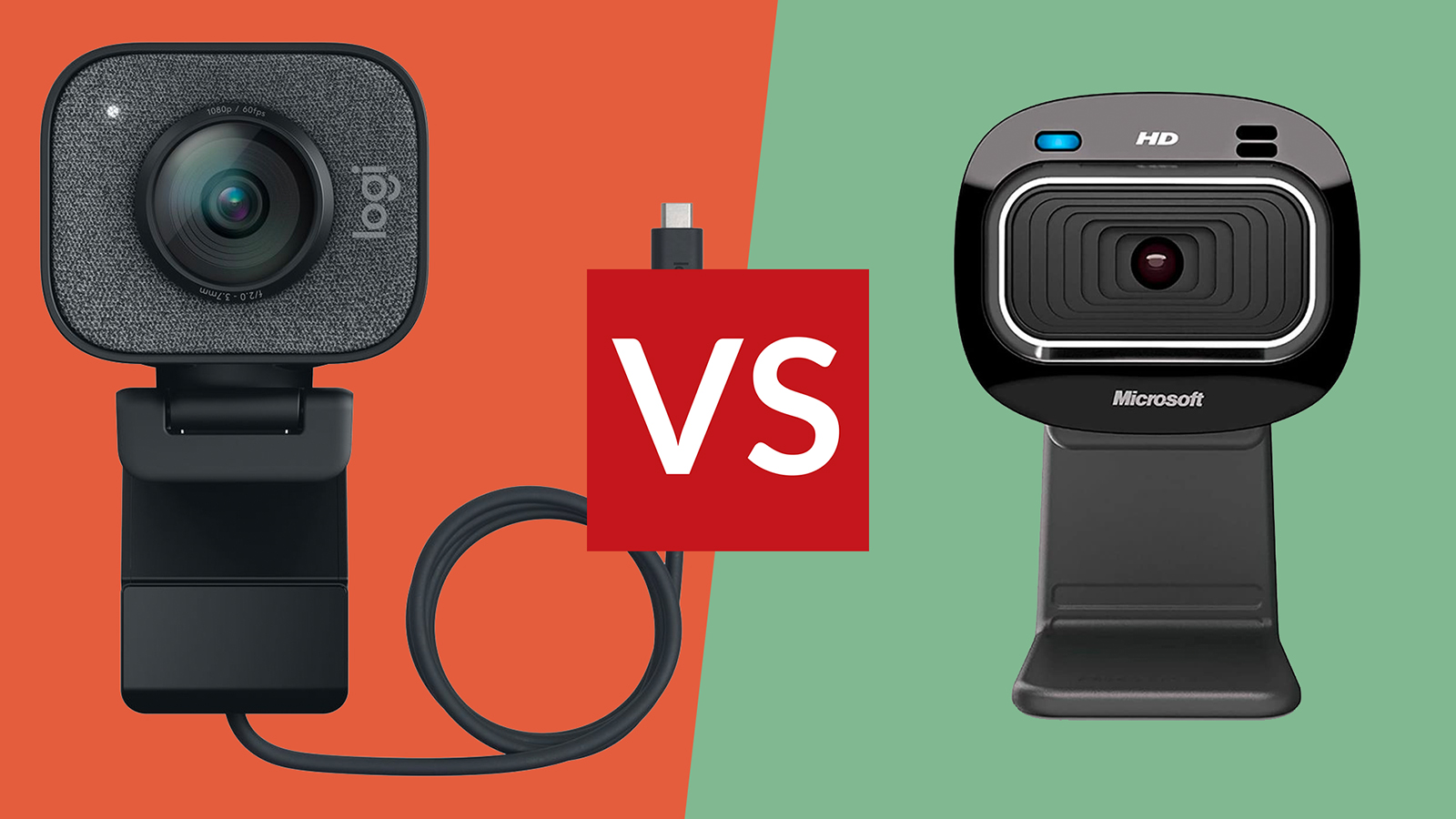

Many of us are checking out the best webcams to buy now that we're all spending more time on video calls – not just with colleagues but with family and friends too – and the Microsoft LifeCam HD-3000 and Logitech StreamCam are both top-quality choices.
We'd be happy to recommend either the Microsoft LifeCam HD-3000 or the Logitech StreamCam, but they do have their differences: the webcam that's right for one person might not be right for another, which is why we're going to put them head to head.
From the price you'll have to pay to the video call quality you can expect to see, our Microsoft LifeCam HD-3000 vs Logitech StreamCam comparison guide gives you the full picture when comparing these webcams, and will help you to make the right choice.
Microsoft LifeCam HD-3000 vs Logitech StreamCam: design
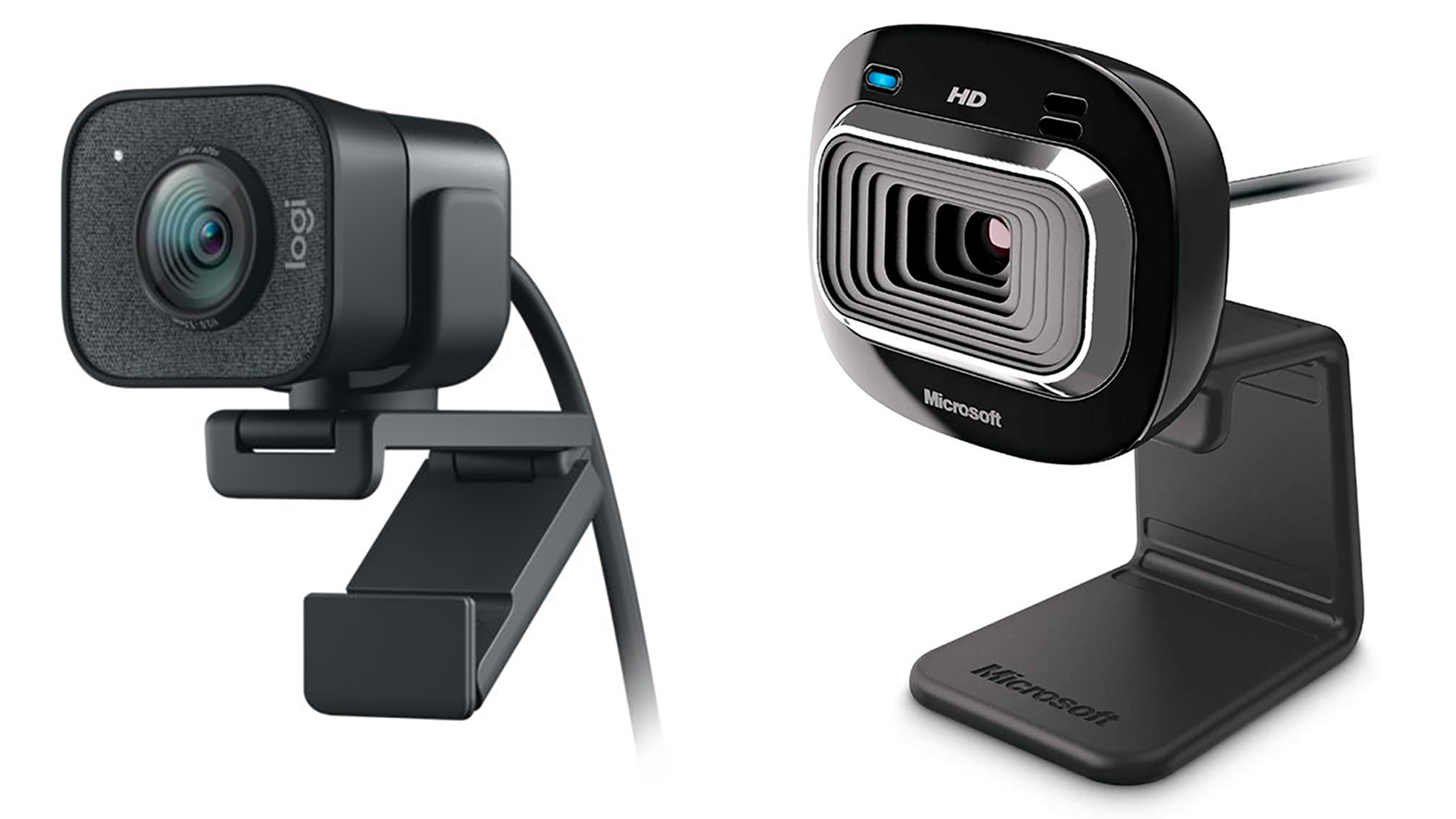
Looks are perhaps not the first consideration when it comes to choosing a webcam, but we'd say both the Microsoft LifeCam HD-3000 and the Logitech StreamCam have a certain amount of style. The Microsoft model is the one that's plainer and more ordinary in the design department, with a lot of black plastic and some chrome edgings. We're not sure about the stepped effect near the lens, but your mileage may vary.
The Microsoft LifeCam HD-3000 is designed to be clipped on top of monitors and laptop screens, but it can also stand on its own on your desk if you need it to. You need to allow for a single USB connection to your computer too. In terms of dimensions, the Microsoft model measures 140 mm x 140 mm x 74 mm (that's 5.5 inches x 5.5 inches x 2.9 inches).
The Logitech StreamCam is a much more premium-looking affair, with its use of fabric on the front and its choice of colours – it's available in either graphite or white. With the clip accessory, the webcam is designed to be fixed on top of monitors and laptop screens, though you can remove the clip and position it just about anywhere. Connection is handled via a USB cable.
With the monitor mount attached, the Logitech webcam measures 85 mm x 58 mm x 48 mm (x inches x x inches x x inches), so it's more compact than the Microsoft LifeCam HD-3000 while also being more stylish. While we wouldn't say that the Microsoft webcam is an ugly webcam exactly, there's no doubt that the Logitech StreamCam is a little easier on the eye in most respects.
Sign up to the T3 newsletter for smarter living straight to your inbox
Get all the latest news, reviews, deals and buying guides on gorgeous tech, home and active products from the T3 experts
- All the best laptops together in one list
Microsoft LifeCam HD-3000 vs Logitech StreamCam: features
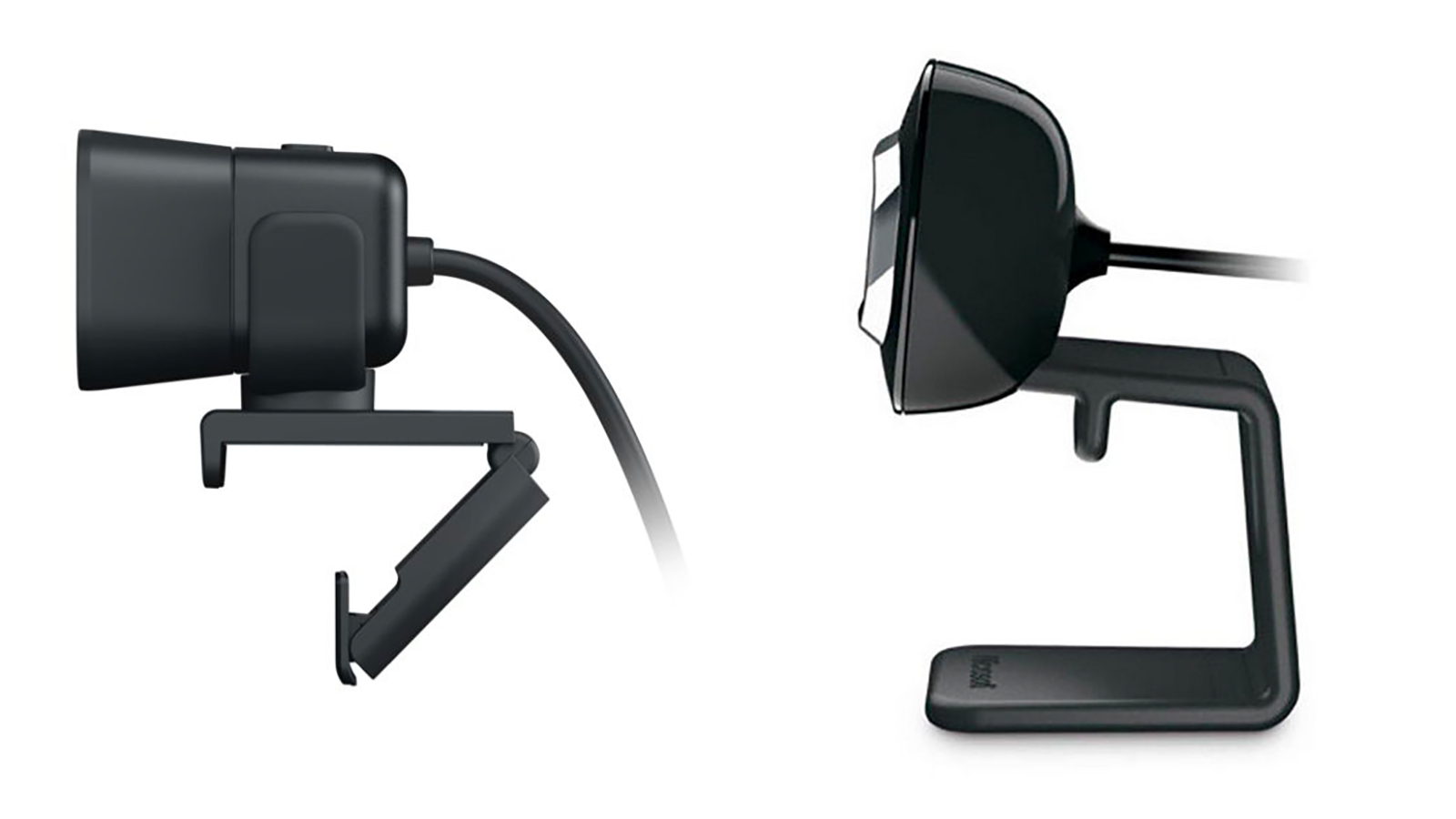
Invest in the Microsoft LifeCam HD-3000 and you get a webcam capable of delivering 720p-quality video at up to 30 frames per second – that's in a 16:9 widescreen aspect ratio. While you won't be shooting any movies on the Microsoft device, it's perfectly fine for video calls, which come across clear and sharp no matter what software you're using.
Microsoft has deployed what it calls TrueColour technology in the LifeCam HD-3000 to make sure that images and sharp and vivid even if there isn't much light available, and you've got an integrated noise-cancelling microphone in this webcam too. There's also a status LED on the top. While it's hardly a top of the range model, the Microsoft LifeCam HD-3000 won't let you down.
The Logitech StreamCam beats the Microsoft LifeCam HD-3000 in most of the specs that matter: it boasts a maximum video resolution of 1080p at 60 frames per second, though you can dial that down if you need to (if your broadband connection is struggling to keep up, for example.
With the Logitech model you also get face-based autofocus, a dual omnidirectional mic with a noise reduction filter, and a 3-month trial of the XSplit livestreaming and recording software – it's a more capable and feature-packed webcam than the Microsoft LifeCam HD-3000, though that is reflected in the price, so it's perhaps not the best choice if you need to stick to a budget.
- Choose one of our best gaming mouse picks
Microsoft LifeCam HD-3000 vs Logitech StreamCam: verdict
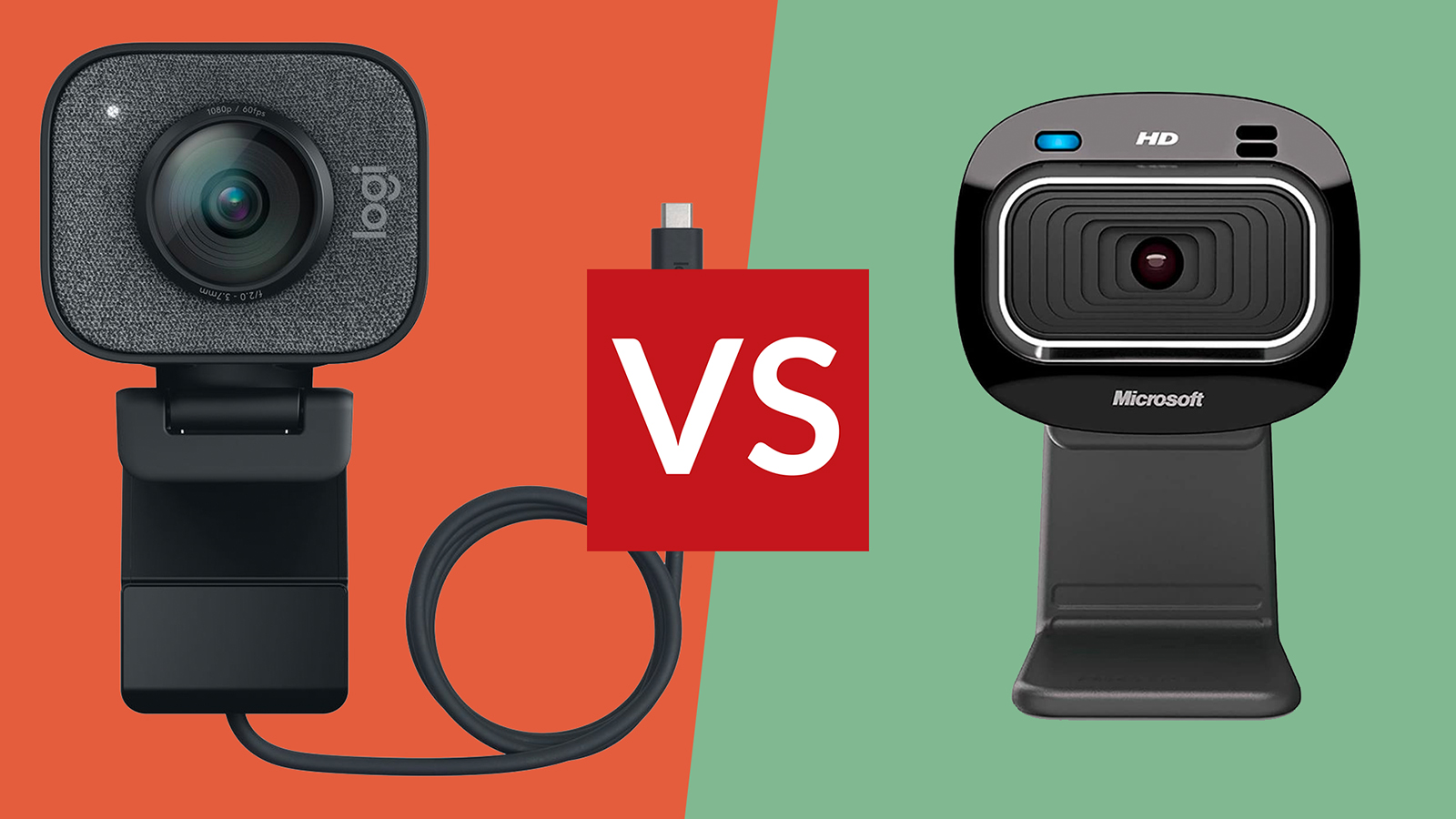
In most categories that matter, there's a clear winner here: the Logitech StreamCam looks more stylish, takes higher quality videos, and has better sound technology than the Microsoft LifeCam HD-3000. As an added bonus, it works on both Windows and macOS computers, whereas the Microsoft LifeCam HD-3000 is restricted to desktops and laptops running Microsoft's own operating system.
It's not quite case closed though, because the Microsoft LifeCam HD-3000 is incredibly cheap, and the Logitech StreamCam is on the expensive side – check the widgets embedded on this page for the latest pricing, but at the time of writing the Microsoft model can be had for under £20 in the UK, while you'll need to pay out more than six times that for the Logitech option.
That's got to be a big consideration when you're choosing between these two webcams. If you've got a Windows computer then they both do more or less the same job: you put them on top of your monitor or laptop screen, you plug them in, and they enable you to make decent video calls to other people. Considering a lot of the core functionality is the same, you might struggle to justify the extra expenditure on the Logitech webcam.
That said, the Logitech StreamCam is a top-tier webcam in just about every respect, from the way that it's put together to the video resolutions that you've got on offer – if you have the funds to be able to afford it, we'd say it's a premium choice that you're not going to regret investing in. Neither the Microsoft LifeCam HD-3000 or the Logitech StreamCam will let you down, so it ultimately comes down to how much you want to spend.
- These are the best webcams money can buy
Dave has over 20 years' experience in the tech journalism industry, covering hardware and software across mobile, computing, smart home, home entertainment, wearables, gaming and the web – you can find his writing online, in print, and even in the occasional scientific paper, across major tech titles like T3, TechRadar, Gizmodo and Wired. Outside of work, he enjoys long walks in the countryside, skiing down mountains, watching football matches (as long as his team is winning) and keeping up with the latest movies.
-
 The 5 Xbox handheld features that would make rumoured console an instabuy
The 5 Xbox handheld features that would make rumoured console an instabuyIf Xbox's handheld console is real, I want these features
By Max Freeman-Mills
-
 Xbox Next could introduce a secret weapon to bring it back to the fight
Xbox Next could introduce a secret weapon to bring it back to the fightThe next-gen Xbox console is tipped for a major, unexpected change
By Rik Henderson
-
 The death of Skype: when it closes and what you need to do
The death of Skype: when it closes and what you need to doAnd how to move everything to Teams
By Britta O'Boyle
-
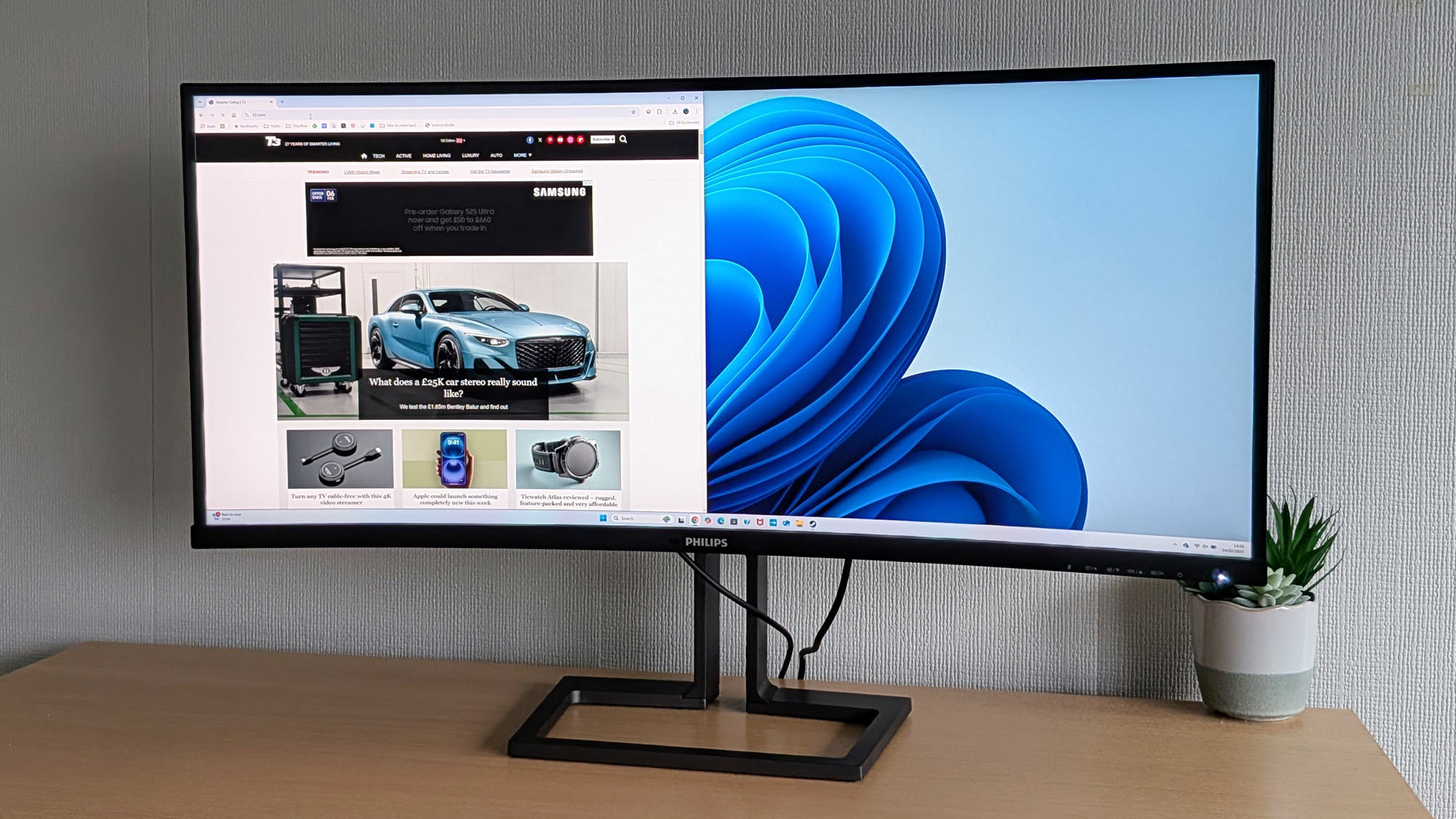 Philips 40B1U6903CH review: a 5k monitor ready to level up your productivity
Philips 40B1U6903CH review: a 5k monitor ready to level up your productivityIt's got the lot for a home office, but gamers won't be convinced
By David Nield
-
 Microsoft talks next-gen Xbox plans – which could end the console wars forever
Microsoft talks next-gen Xbox plans – which could end the console wars foreverXbox Next might not rival the PS6 at all
By Rik Henderson
-
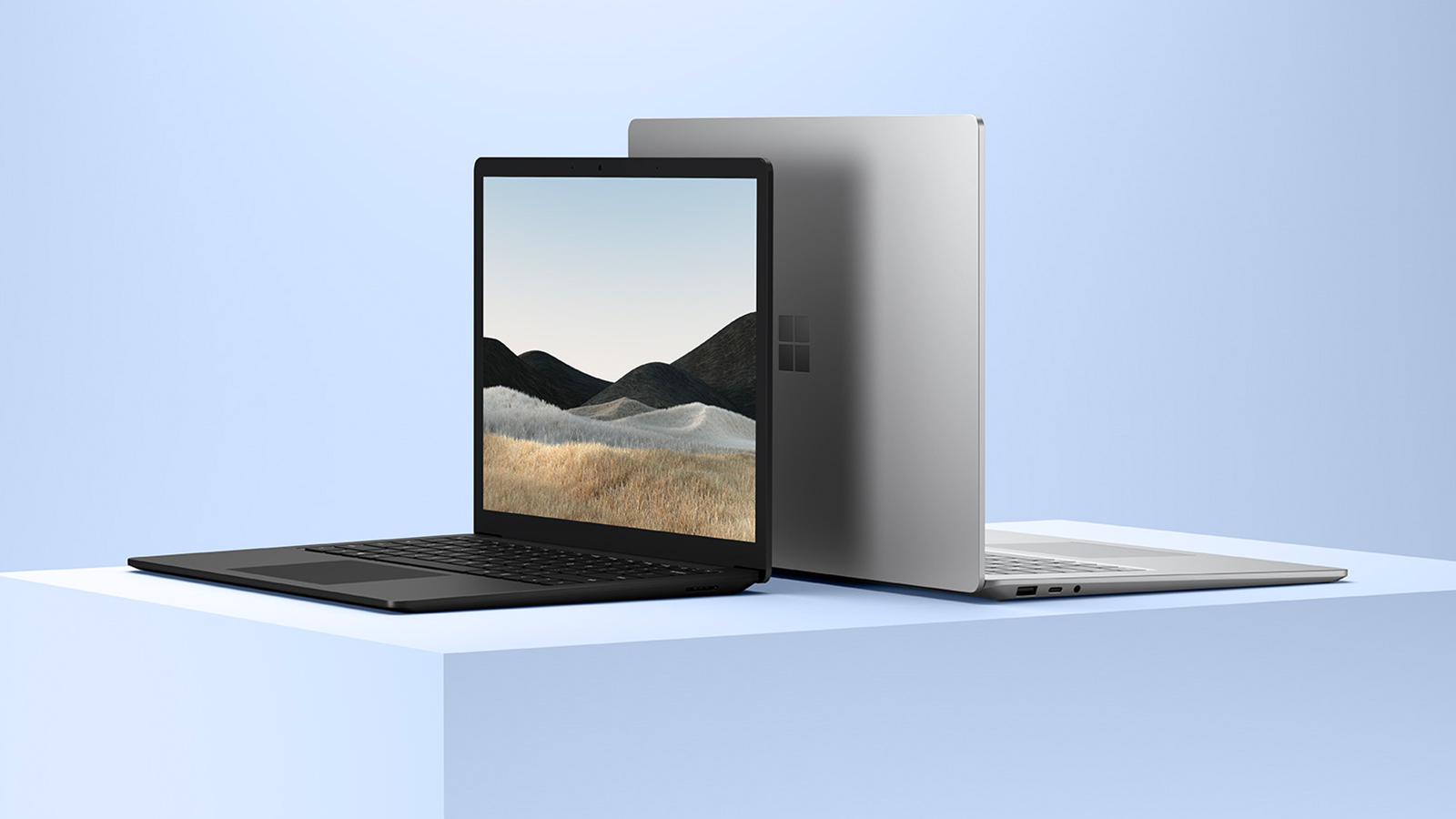 Microsoft's next Surface laptops could be smaller and more affordable
Microsoft's next Surface laptops could be smaller and more affordableUltra-portable 11-inch versions of the Surface Laptop and Surface Pro could arrive within months
By John McCann
-
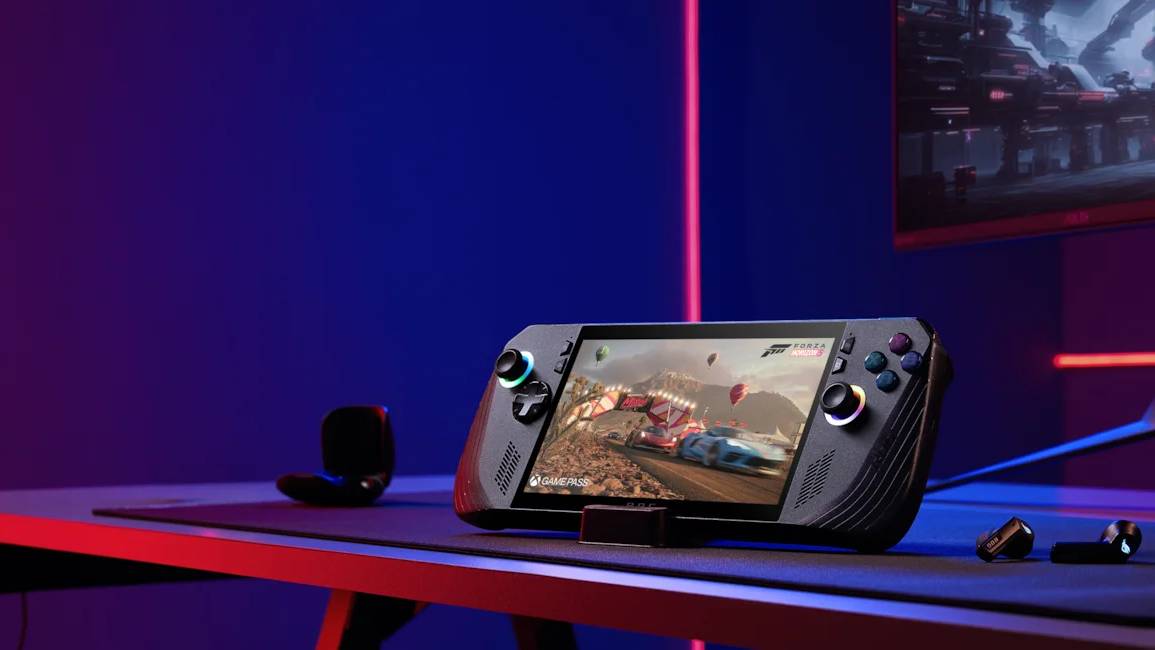 Microsoft wants to ditch Windows for future Xbox gaming handhelds
Microsoft wants to ditch Windows for future Xbox gaming handheldsXbox’s console operating system could shape how we use future handhelds
By John McCann
-
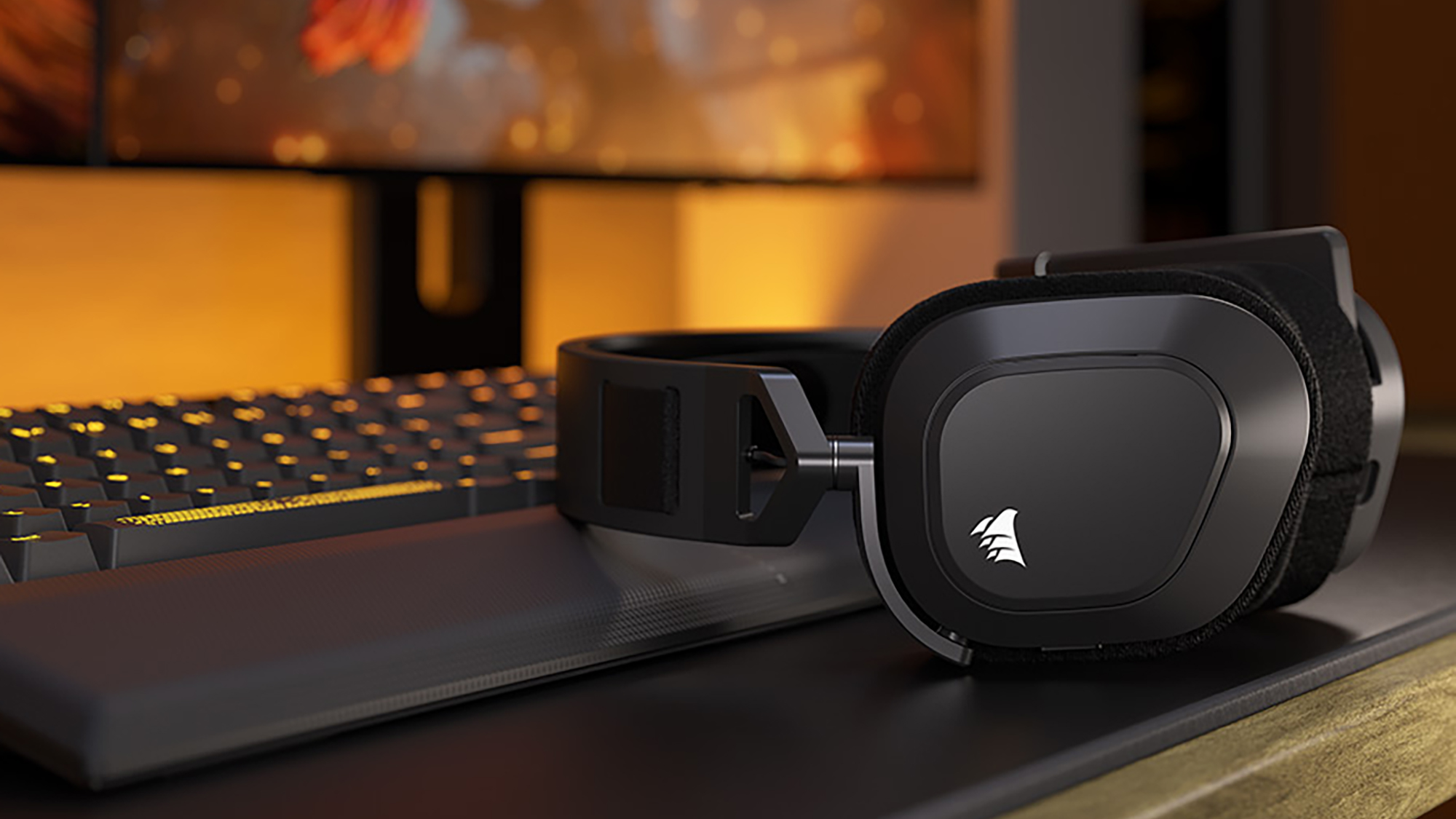 Corsair HS80 Max Wireless review: a solid mid-tier gaming headset
Corsair HS80 Max Wireless review: a solid mid-tier gaming headsetA capable audio option for the price you're paying
By David Nield
